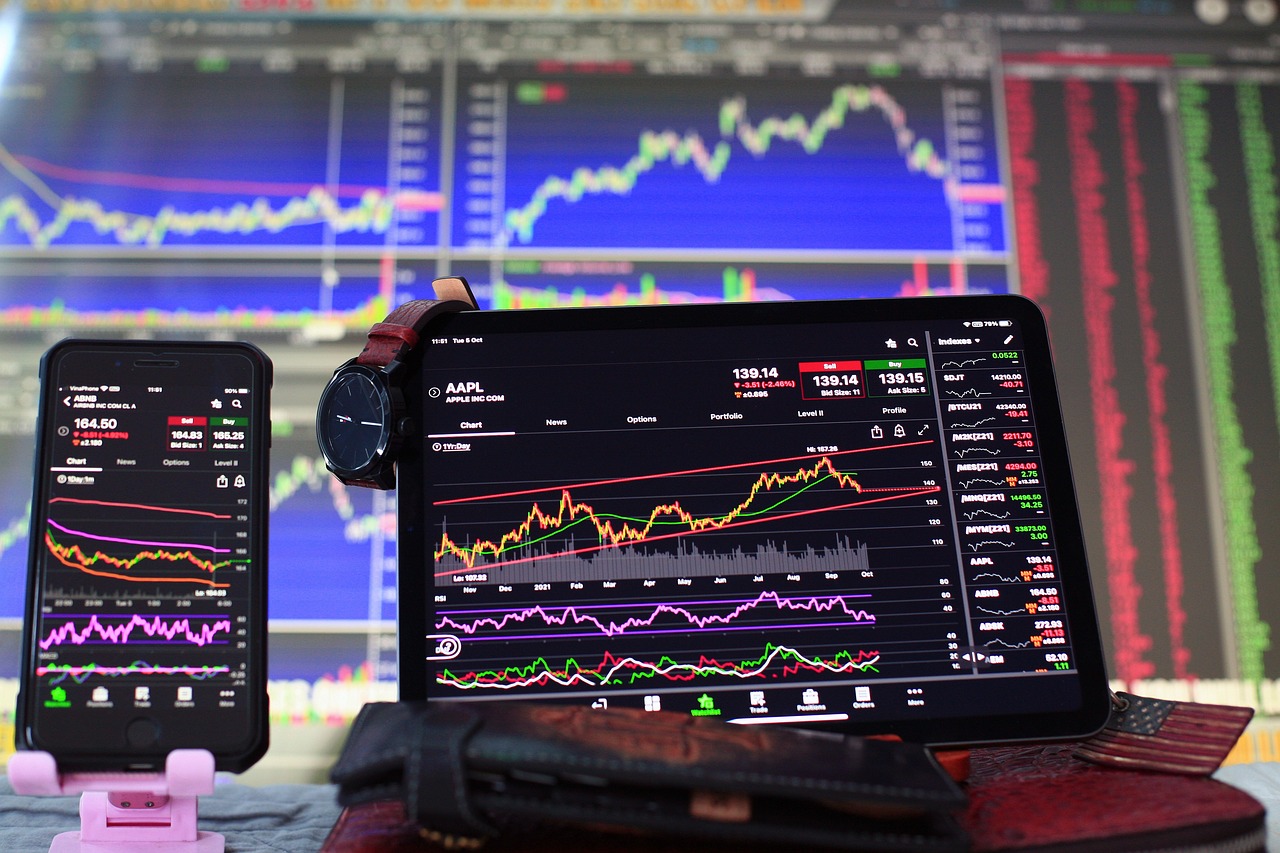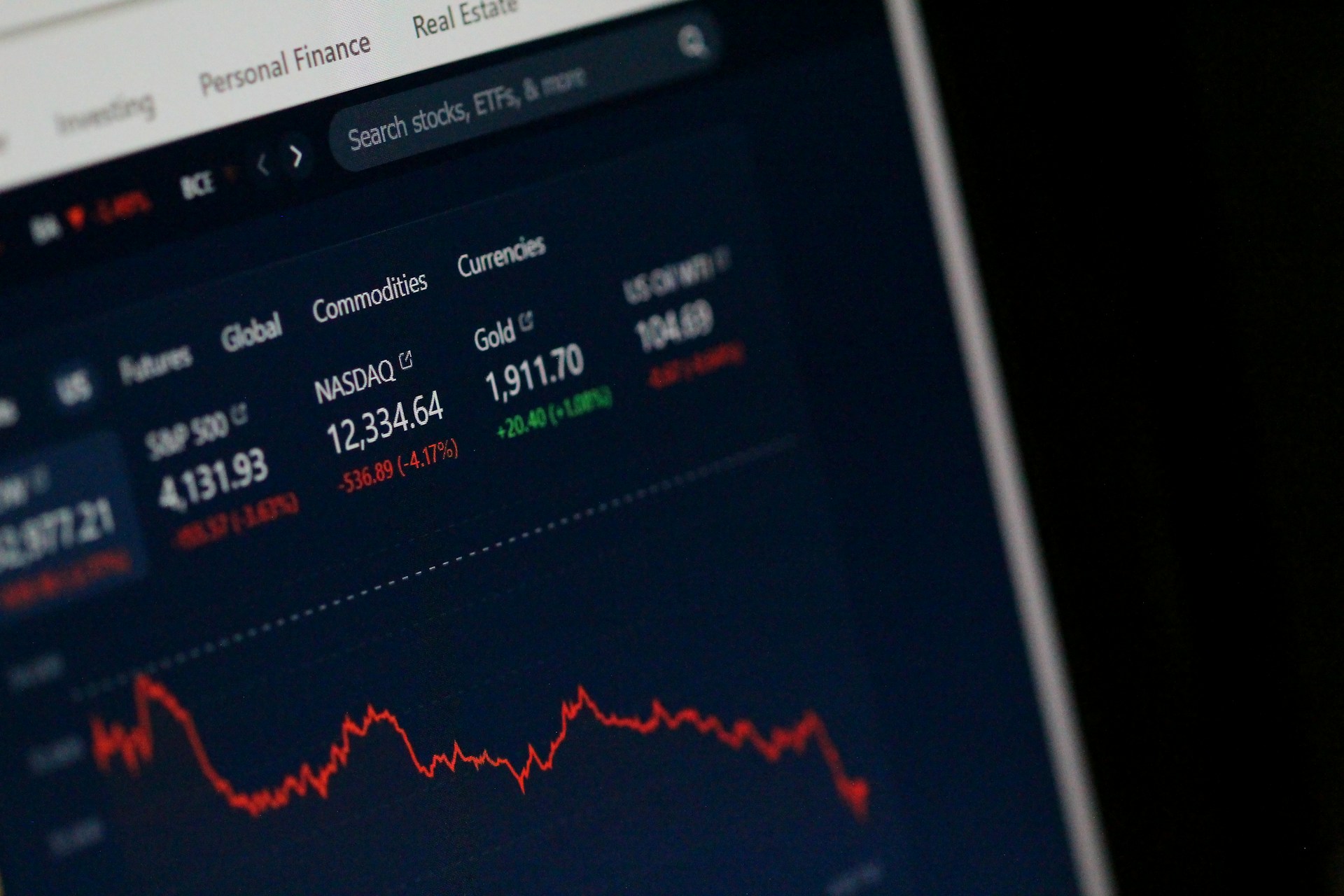An In-Depth Analysis
Enterprise Application Framing (EAF) fair value is an important concept for investors to understand when evaluating technology companies. EAF refers to proprietary software platforms and applications developed by a company for use in its operations. Determining the fair value of these internally developed intangible assets can be challenging, but is key to analyzing the true worth of tech firms. In this article, we will take an in-depth look at how to estimate the fair value of EAFs and why it matters.
Why EAF Valuation Matters
For many tech companies, EAFs represent a significant portion of enterprise value. However, because they are internally generated rather than purchased, EAFs do not show up on the balance sheet. This means that traditional valuation metrics like price-to-book value may understate the company’s worth. Estimating the fair value of EAFs is important for several reasons:
- It provides a more accurate picture of a company’s net asset value. EAFs are real economic assets that contribute to revenue and competitive advantages. Excluding them underestimates the company’s value.
- It allows for better comparison between companies. EAF valuation enables standardizing software asset values across different companies. This allows for more apples-to-apples analysis.
- It impacts M&A analysis. In acquisitions, being able to accurately value the target’s EAFs has a big impact on the bid price and deal structure.
- It affects accounting judgments. The value assigned to EAFs impacts amortization periods and impairment decisions. Proper valuation is important.
While EAF valuation is not an exact science, there are established methodologies analysts can use to estimate fair value.
Common EAF Valuation Methods
There are three main approaches to valuing EAFs:
Cost Approach
The cost approach looks at how much it would cost to rebuild the EAF from scratch. This includes both the historical development costs as well as the future costs to recreate it. Some of the specific cost methods include:
- Replacement cost: Estimating what it would cost to recreate the EAF functionality from scratch today.
- Reproduction cost: Amount spent historically to develop the EAF, adjusted for inflation/technological change.
- Development cost: Total R&D and personnel costs spent to develop the EAF initially.
The cost approach has the benefit of tangible inputs but can understate value by overlooking the competitive benefits of EAFs.
Market Approach
The market approach looks at transaction values of comparable EAFs that have been bought and sold. This is based on the economic principle that an asset’s value equals what buyers are willing to pay for similar assets. Some market approach methods are:
- Comparable acquisitions: Looking at EAF deal multiples (EV/revenue, EV/EBITDA) from recent acquisitions of similar software platforms/technology.
- Precedent transactions: Analyzing the implied valuation of EAFs in previous comparable transactions done by the company itself.
- Industry benchmarks: Using average software valuation multiples from recent deals in the same industry.
The market approach has the advantage of real transaction data. However, finding perfect “comps” can be difficult.
Income Approach
The income approach values EAFs based on the cash flows they are expected to generate.
Valuation models here include:
- Discounted cash flow (DCF) model: Projecting future cash flows derived from the EAF and discounting them to present value using the weighted average cost of capital.
- Relief from royalty method: Estimating royalty payments that would have to be paid if the EAF was not owned, but licensed.
- Premium profit method: Quantifying above-market profit attributable to unique IP/trade secrets in the EAF.
The income approach directly links value to cash flows, but the projections can be very subjective.
Best Practices for EAF Valuation
There is no one-size-fits-all approach to valuing EAFs. However, there are some best practices analysts should follow:
- Use multiple methods: Applying a combination of cost, market, and income approaches provides checks and balances. Relying on a single method increases the risk of error.
- Segment software capabilities: Break the EAF down into components with distinct revenue contributions, costs, etc. to isolate value.
- Consider obsolescence: Account for technological, functional, and economic obsolescence that reduces EAF value over time.
- Analyze comparable deals: Study valuations implied in deals for companies with similar EAFs. Can provide useful benchmarking.
- Interview engineers: Talk to the developers who built the EAF to understand nuances of architecture, uniqueness, etc.
- Perform sensitivity analysis: Vary key assumptions like revenue growth, discount rates, and useful life to stress test valuation.
- Monitor market dynamics: Keep an eye on the macro environment, industry trends, and competitive forces that may impact EAF value.
- Update periodically: Re-evaluate EAF value annually or when business/technology changes warrant.
Case Study: CloudCo EAF Valuation
Let’s walk through an example of how a tech company may analyze the fair value of a key EAF:
CloudCo is a provider of cloud-based data analytics services and has developed an advanced proprietary platform called Insights360 that cleans, integrates, and analyzes client data in the cloud. The Insights360 platform has taken 5 years of R&D investment to build and serves as the core engine behind CloudCo’s services.
CloudCo wants to determine the fair value of its Insights360 EAF for accounting purposes. It estimates value based on three methods:
Cost Approach
CloudCo estimates it has invested approximately $50 million in total engineer salaries, overhead, and direct costs over 5 years to develop Insights360. Adjusting for technology improvement, it would cost an estimated $70 million to rebuild the same platform today. Based on this replacement cost method, the EAF value is $70 million.
Market Approach
CloudCo examines deals where analytics platforms were acquired for 7x revenue and 12x EBITDA multiples. Insights360 generates $15 million in revenue and $5 million in attributable EBITDA. Applying industry average multiples implies a value of $105 million – $120 million.
Income Approach
Under a DCF model, CloudCo projects Insights360 will generate $100 million in free cash flows over the next 10 years. Discounting these at 12% WACC yields a value of $55 million.
In this case, CloudCo derives a fair value range of $55 million – $120 million for the Insights360 EAF based on these approaches. The market price method yields the highest value, attributed to the platform’s competitive advantages. By using multiple methods, CloudCo can have higher confidence its valuation is reasonable.
Key Takeaways
EAFs are increasingly important assets for tech firms, but traditional accounting methods often undervalue them. Companies need to specifically focus on analyzing EAF value by using accepted cost, market, and income approaches. While EAF valuation is part art and part science, following best practices increases accuracy. With sound EAF valuation, companies gain insights into their true net asset value and competitive positioning. For tech investors, analyzing EAF value enables making better-informed decisions and identifying under/overvalued opportunities. As intangible digital assets become more central to business, thorough EAF valuation has become essential for both companies and investors.





